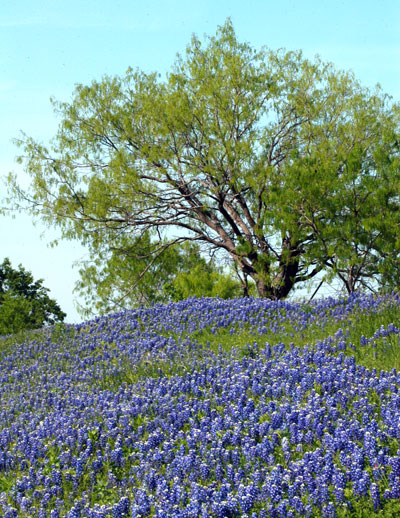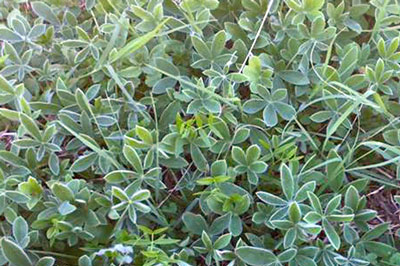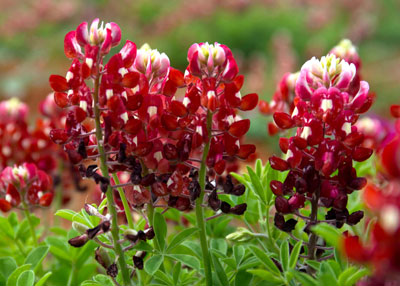Question of the Week – Number 2: September 3, 2020

“When do I plant bluebonnet seeds, and are there any secrets to success? Where can I buy them?”
You need to think about how things happen in nature if you want to succeed with your own bluebonnet plantings.

Here are your tips…
Want to grow bluebonnets in your landscape bed, or perhaps out in the Back 40? Follow these guidelines from nature.
• Bluebonnets need full sun.
• Give them good soil, but not overly fertile. Remember – they’re legumes, and that means that they’re capable of producing their own nitrogen in their root zones.
• Avoid areas where there are turf or pasture grasses. In nature bluebonnets are often seen growing on somewhat barren hillsides, draws and washes where they have little competition. They’ll need time for their seeds to mature to become brown and “rattly” crisp in June. Turf will have to be mowed long before that.
• “Scuff” the ground lightly with a rear-tine rototiller to give the seeds and seedlings a place to catch hold. You could probably use an aerator to accomplish the same thing.

• Nature sows her bluebonnet seeds in late June as they mature. They sit out in the hot sun. Those that don’t get eaten by birds and other animals start to germinate with fall’s first rains in September.
• Therefore, best planting date is anytime now. Early fall planting gives the seedlings time to establish deep roots over fall and winter so the plants can develop quickly come spring. They have to be ready to come into bloom with the first warm days of February (South Texas) and March (rest of the state).
• Irrigate enough that the small seedlings don’t die during dry spells. You won’t need to fertilize.
• When the plants finish blooming in spring allow them to turn brown, and wait until the pods rattle when shaken before you mow the area.

Important Side Tip…
Like many native Texas plants, bluebonnets have seed coats that are as hard as rocks. Those seed coats protect the seeds from all germinating with the first light rain of the fall, only to die with heat and drought that often follows.
Texas A&M/Dr. Jerry Parsons and the folks at Wildseed Farms in Fredericksburg did research 30 or so years ago on better ways to break the seed coat for more uniform germination in plantings where we can provide irrigation.
This is all called seed “scarification,” and where we used to use blocks of wood and sandpaper or alternating treatments of boiling and freezing, they found that treating them with a very strong acid softened the seed coats. But it’s not something you and I should be trying at home.
Wildseed Farms sells the treated seeds, and they also have red bluebonnets from the talented hands of Dr. Jerry Parsons. The Wildseed folks are a great source of your bluebonnet seeds. Here is their online catalog.
